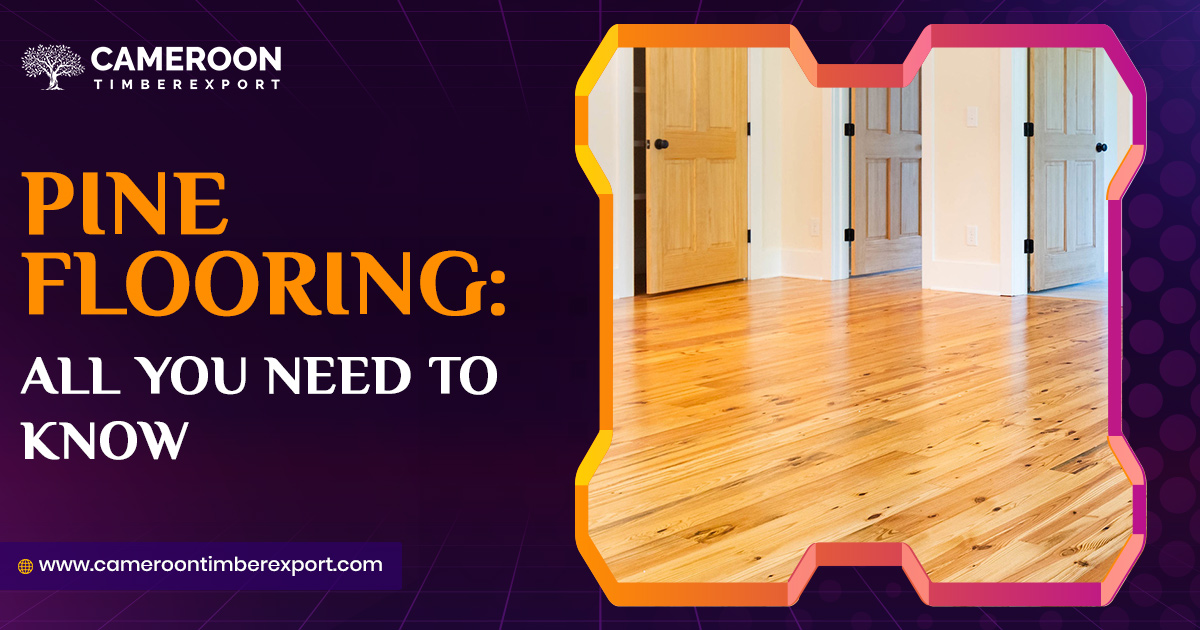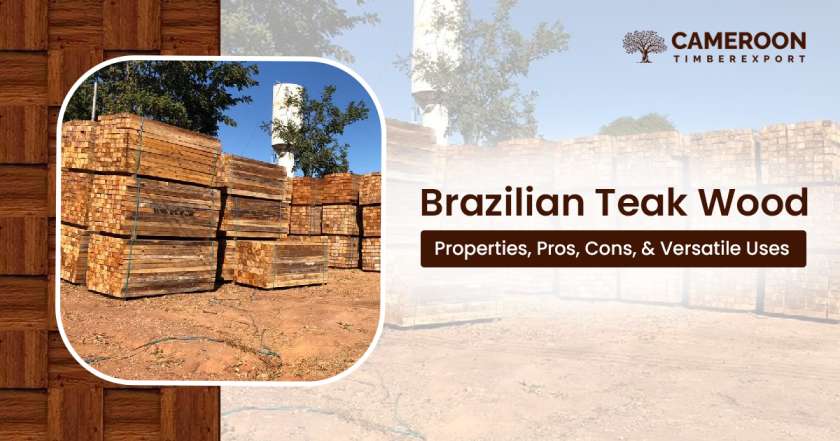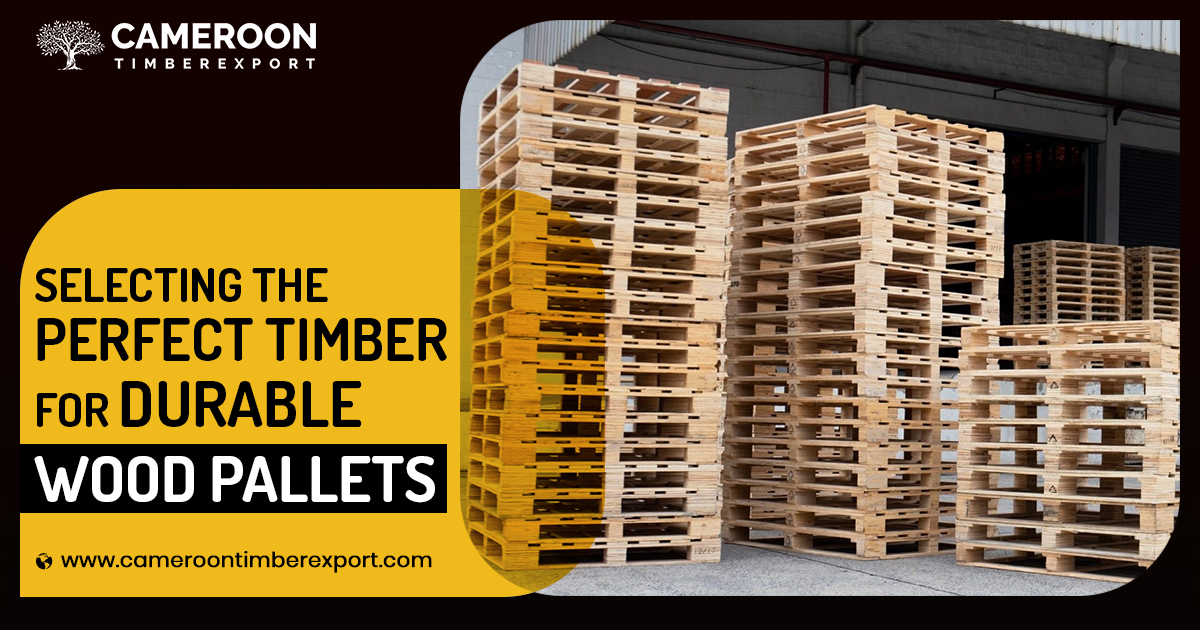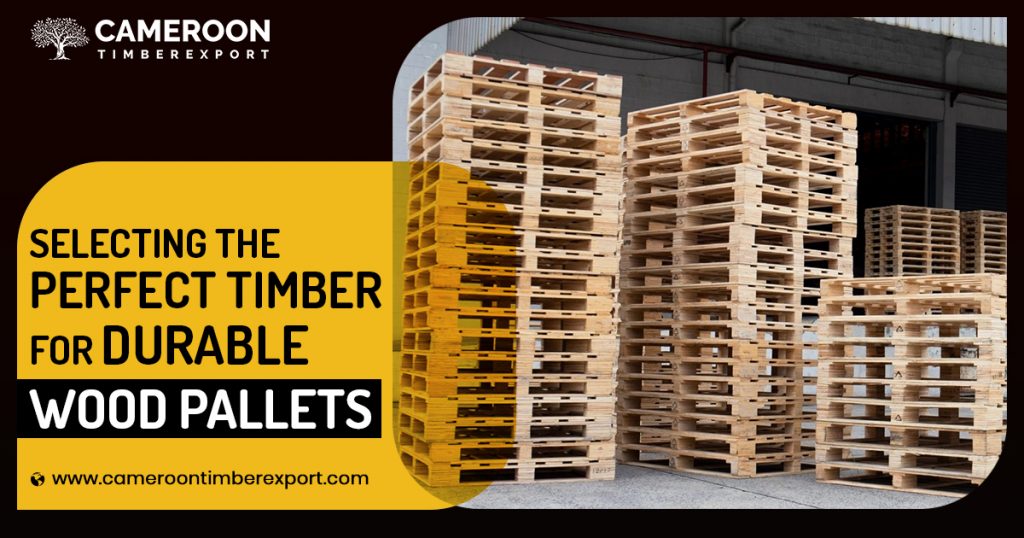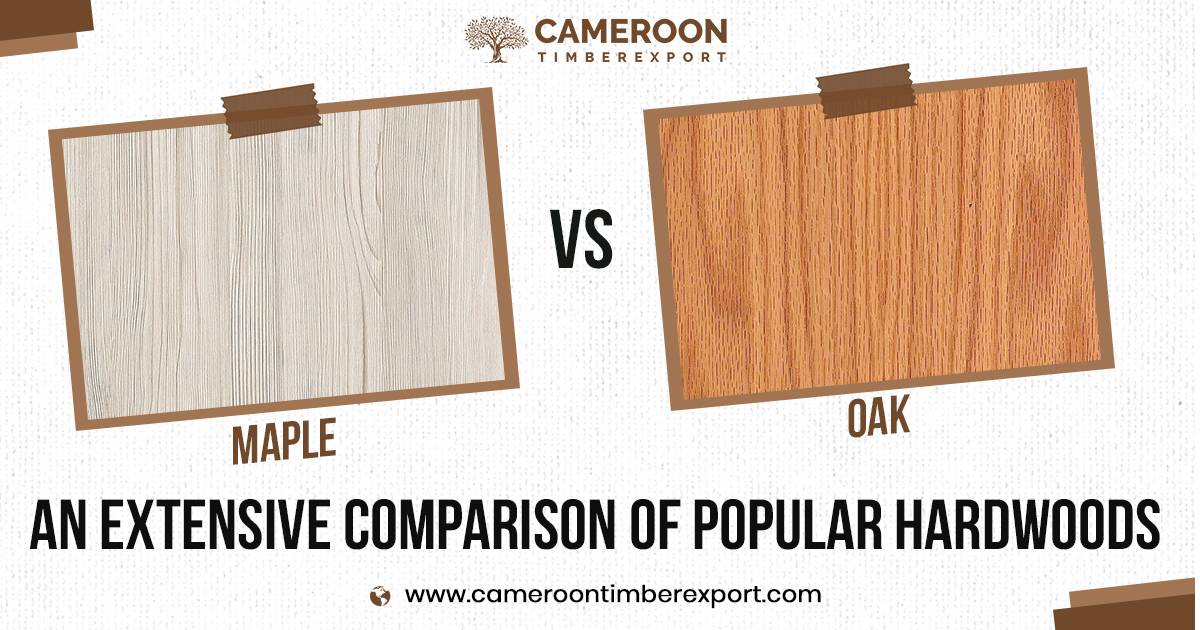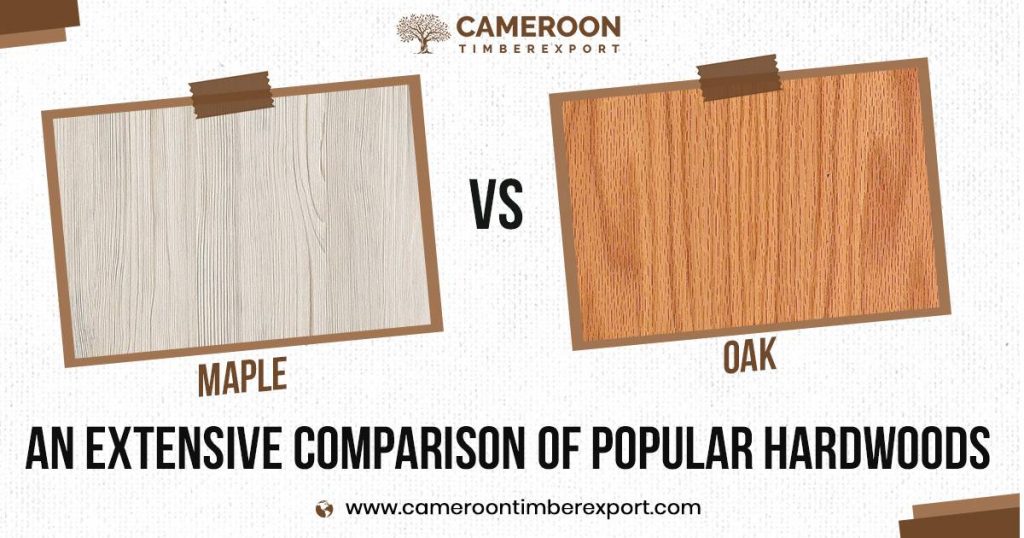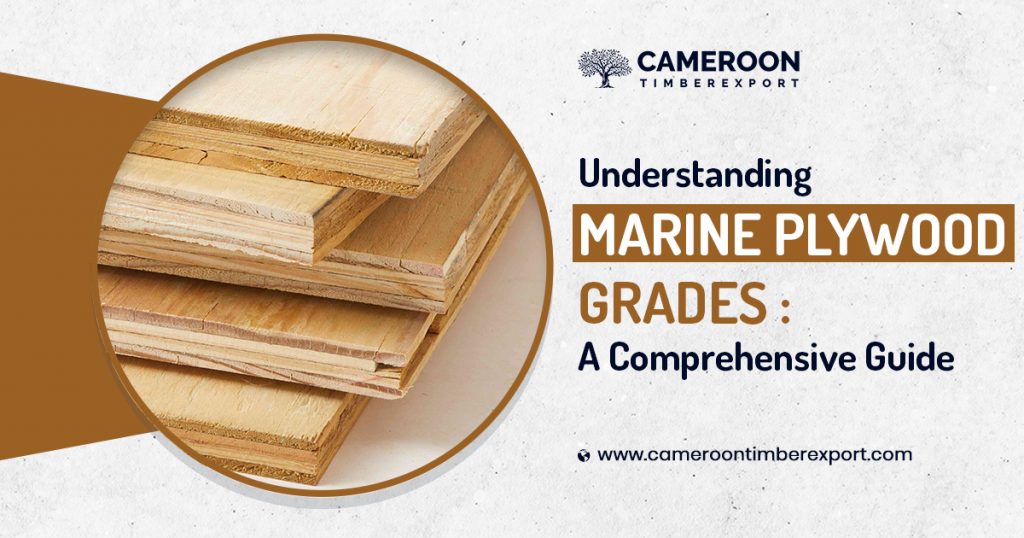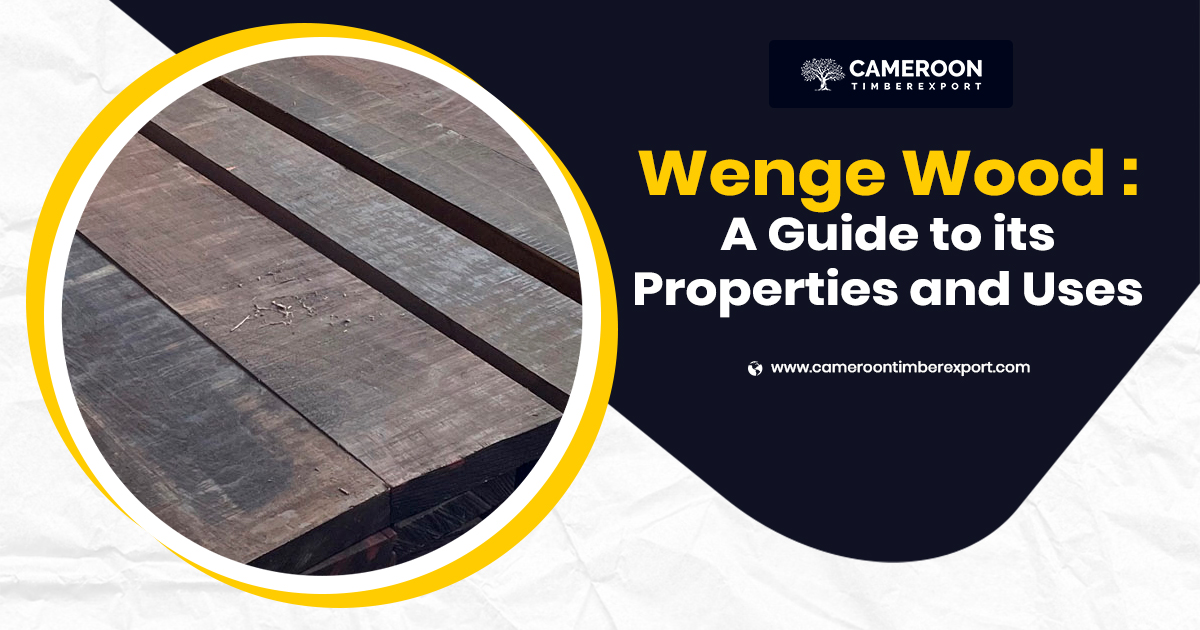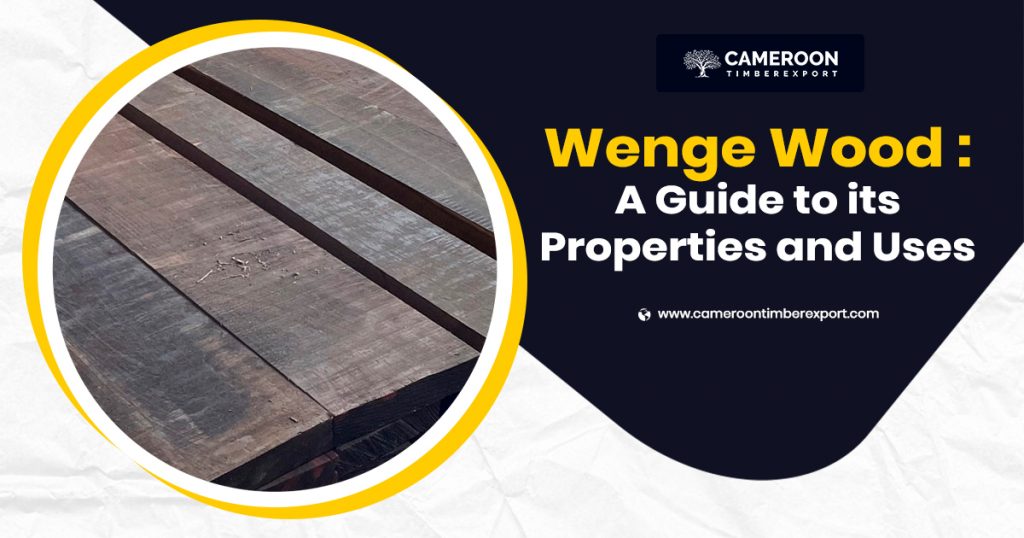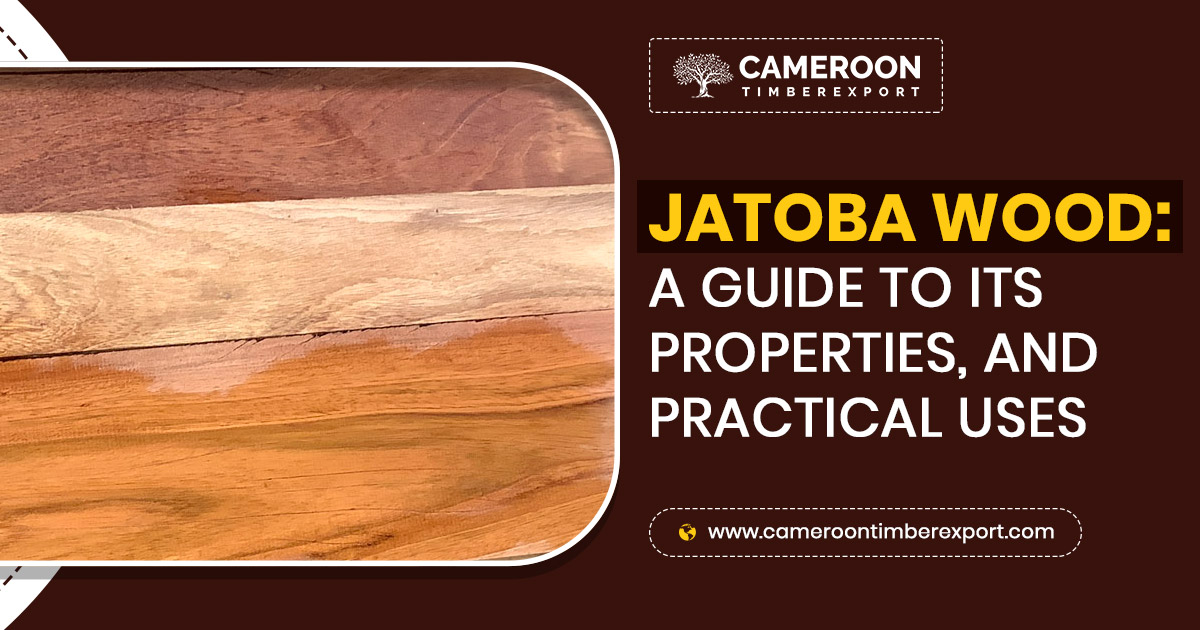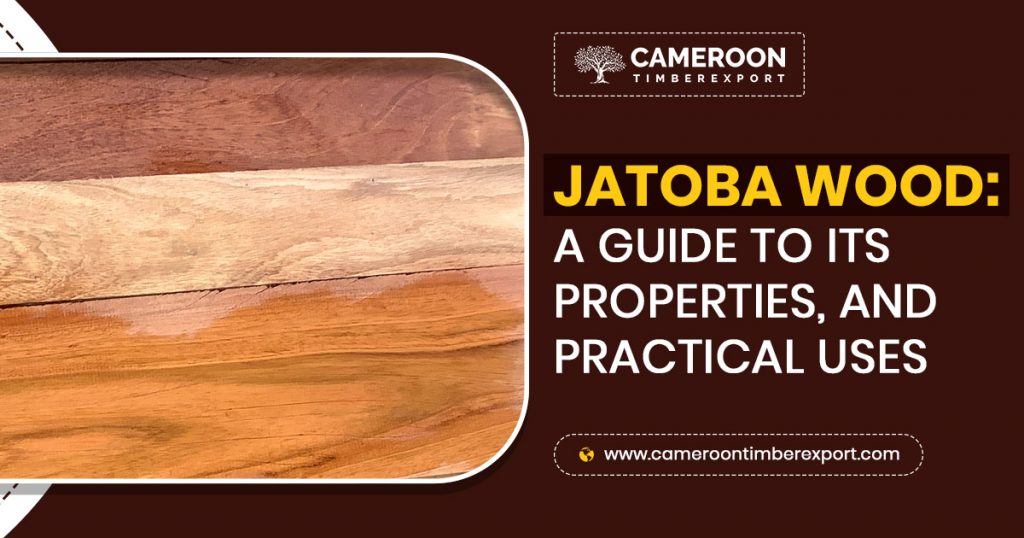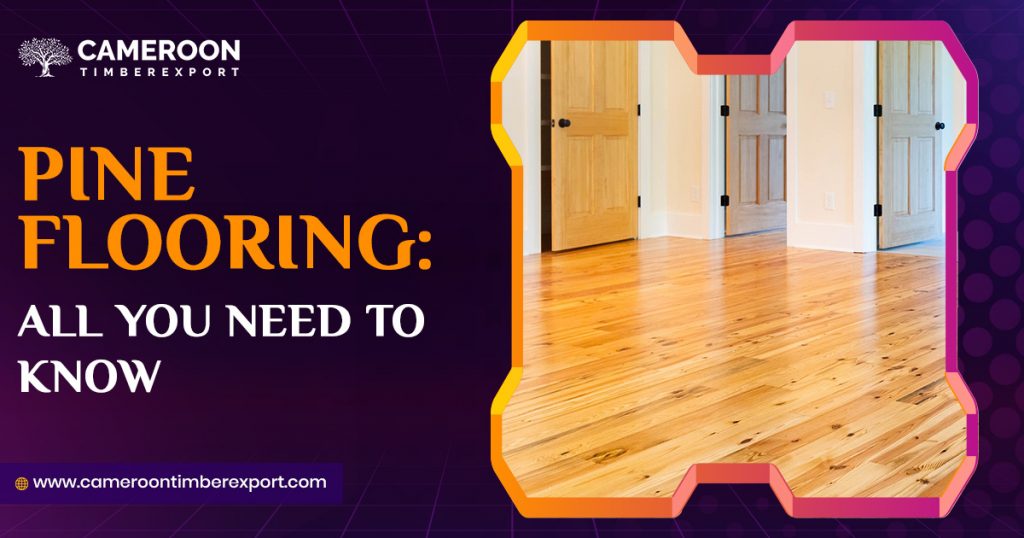
Many modern and traditional houses feature wooden flooring. It not only gives our place a natural, classic, beautiful look but it is also one of the strongest and most durable options for flooring.
When searching for the ideal wood for flooring, don’t overlook the affordability and quality of pine flooring—a cost-effective yet excellent material choice that can transform your space.
What is Pine Flooring?
It is the flooring made from pine wood. It is a softwood with many species. It is a light yellowish wood with a prominent grain. Pine is easy to identify by small but prominent knots on its surface. It is known to be clean and contemporary and a wonderful choice for those looking for premium wooden flooring on a budget.
Different species are found all over the world, many of which are used for flooring. Top species include eastern white, jack, longleaf, sugar, and spruce pine.
It is most suitable for places requiring minimalist aesthetics and a beautiful and clear floor design. It is also favoured for the natural properties of the wood, including outstanding appearance and good durability.
Why Use Pine for Flooring?
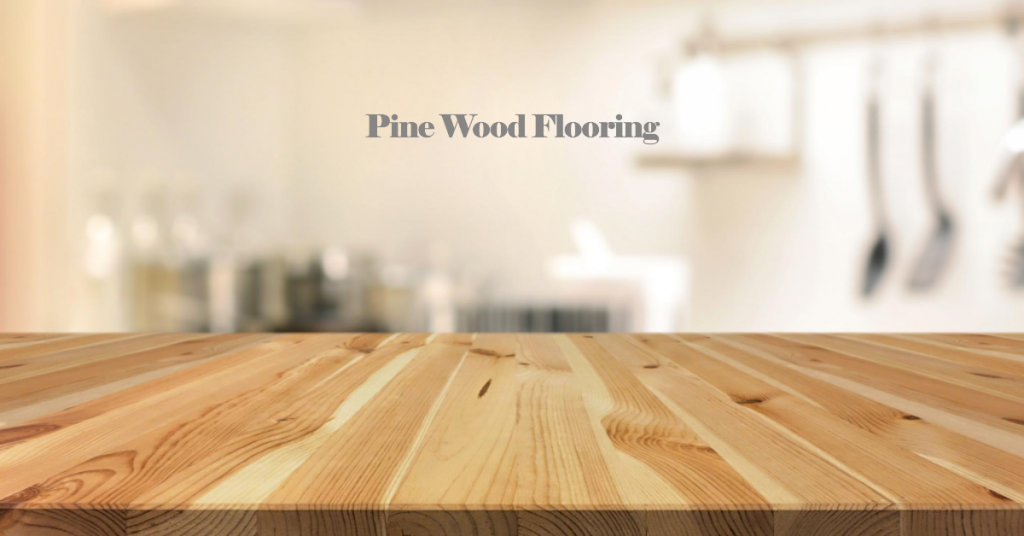
Pine is most commonly used in regions where it is easily available at an inexpensive price or where other popular wood species are not as easily accessible.
It is considered one of the best softwood options. This is because it combines beauty with durability. Moreover, it costs less than most hardwood flooring options.
Another notable thing with pine flooring is that it comes in many varieties. With so many species, you can get it in a range of colours and specifications to meet your particular requirements.
Pine is also one of the easily available woods. It is easy to find sustainably-sourced on a budget, which is why it is one of the popular choices for wooden flooring.
Pros
There are, of course, many advantages of using pine wood flooring, such as:
-
- Low maintenance & long life
It is a durable timber that can last practically forever with little maintenance. The same is true for pine flooring. With proper maintenance and care, your floor can survive many decades or generations. Also, it is relatively easy to maintain and care for. For instance, you can refinish or sand your floor on your own because it’s smooth and soft. Unlike engineered wood flooring, solid pine flooring can be sanded down many times to maintain its beauty.
-
- Stunning appearance
It comes in a variety of colour options with different species. The most popular pine flooring is whitish-yellow. It is available in both clear and knotty variants, and both look equally stunning. If you are looking for a simple, clear and classic aesthetic, a pine flooring is the best choice.
-
- Sustainable and affordable
It is available in abundance. As a softwood, it grows quickly and is found in many regions around the world. Most of the pine available in the market is sustainably-sourced because the logging and harvesting of pine is considered legal everywhere. Moreover, it is among the least expensive option. Compared to many popular hardwoods like walnut, mahogany and Ipe, pine wood flooring costs far less.
-
- Durable
One of the prerequisites for wooden flooring is durability and stability. Pine is a stable wood and offers moderate durability. It is first treated to increase its durability in terms of resistance to moisture, cracks and insect attacks.
Cons
Like any other wooden flooring, it also has some disadvantages which you must know about before purchasing pine wood. It may not be suitable for all types of environments, such as outdoors.
-
- Prone to wear
As a softwood, it is susceptible to wear and tear under heavy pressure. It can catch dents and scratches much more easily than hardwoods, which is why it should not be used in heavy-traffic places like offices or malls. However, you can easily sand or refinish your pine wood flooring if it has dents or scratches.
-
- Regular maintenance is needed
To keep your floor in good condition and looking its best, routine maintenance is important. Fortunately, it is far easier to maintain and care for pine flooring than most hardwood flooring. Sanding once a year and refinishing every couple of years should be more than enough to boost your floor’s life. Also, clean up any spills and stains immediately.
Pine Flooring Alternatives
Pine may be favoured for its awesome appearance, but it’s not always the best choice when it comes to durability, which can be an important concern for commercial floors. If you are looking for a wood flooring option that can offer a pine-like appearance with better strength and durability, here are some top choices:
Hardwood – Hardwoods are both beautiful and durable (mostly). They are strong enough for heavy use and may not catch dents as easily as pine.
Laminate – This is a type of composite flooring which gives the appearance of wood and is usually more durable, especially in terms of scratch resistance.
LVT / Vinyl – Vinyl is easy to install and durable and generally costs less than solid wood. Besides the appearance, it can also give the feel of real wood flooring.
Wood-Look Concrete or Tile – There are now also available concrete and tiles that are made to look like wood. It is extensively used for wood-like flooring.
Bamboo – Bamboo is a type of grass which can be used as wood in many projects, including flooring. It is strong and durable and can survive decades.
Is Pine Wood Flooring Right for You?
It is usually a great option for all types of aesthetics and interior styles, but it is particularly recommended for places seeking a natural or classic appearance. Pine can inject a sense of serenity and warmth into your living room atmosphere.
As a splash-resistant timber, pine can be used in kitchens. But, if you’re planning to use it in bathrooms or outdoors, make sure that the wood has been adequately treated.
The flooring can also be used in commercial projects, as long as the floor is expected to receive moderate traffic and is not directly exposed to water or earth.
Pine Wood Flooring Installation & Maintenance
Even though pine floors are relatively easier to install than hardwood floors, you must hire a professional to install your floors to ensure the most efficient results and avoid accidents or damage.
The floors may be installed in different ways – click flooring, tongue and groove, nail down, and glue down. Make sure to consult an expert before starting to install your floor.
Even though it requires low maintenance, it must still be properly cared for to maintain its value and appearance and enhance its life. If properly maintained, your floor can last many decades. Routine cleaning with a dry cloth is recommended. Any spills or stains must be immediately taken care of. Follow the manufacturer’s guidelines for maintenance.
Where to Buy the Best Quality Pine for Flooring?
We hope these details about pine flooring help you make the right choice. If you are looking to buy high-quality and sustainable timber at the right price, please visit our website cameroontimberexport.com or contact our sales team for the next offer.
When choosing a timber company, make sure to consider factors like their market reputation, cost of wood, source of timber (sustainable or not), product quality, delivery timelines, consistency, etc. Read the online reviews of the timber company you’re planning to buy wood from.
Want to know more about wood flooring before you buy? Contact us to consult with an expert!

